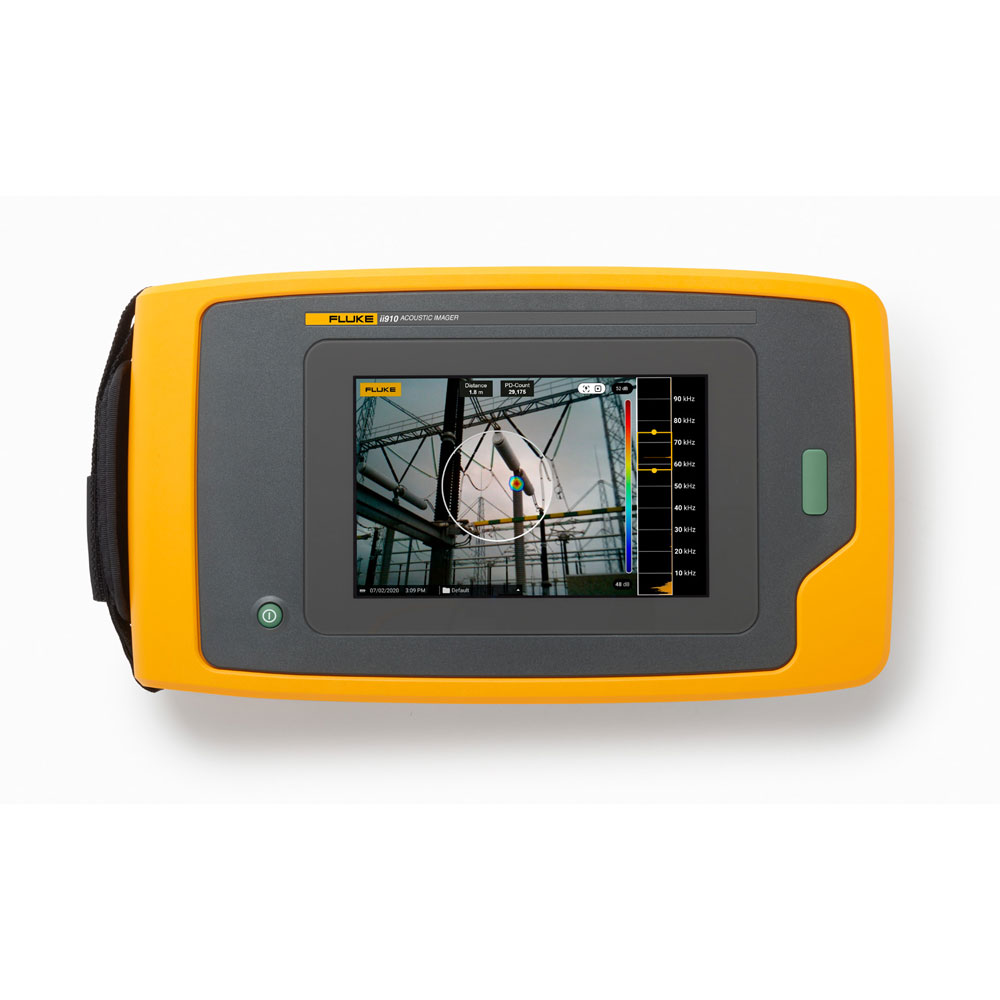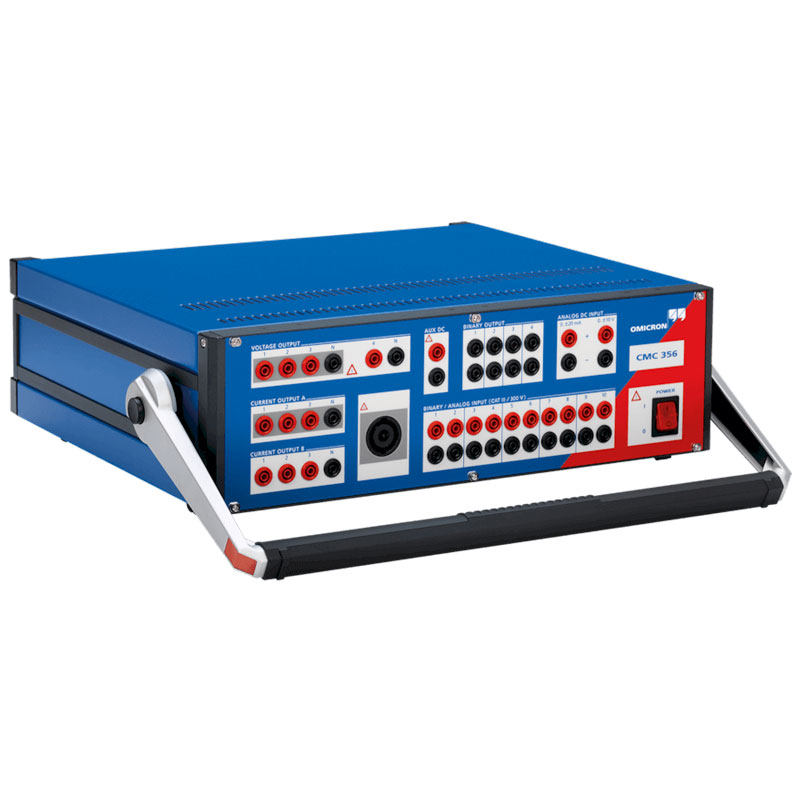Order #: FM-120-RENT2
Mfg #: FM-120-RENT2
Droplet Measurement Technologies FM-120 for Rent, Fog Meter
Order #: FM-120-RENT2
Mfg #: FM-120-RENT2
Product Highlights
A popular all-weather optical spectrometer that continuously measures particles in the 2 - 50 µm range.
Advantages
The FM-120 uses state-of-the-art technology to size particles under a wide range of conditions. Its design offers the following state-of-the-art features:
- Nickel-coated optical flow block to prevent static build-up
- More robust electronics, with digitized signals from the photodetectors
- Universal voltage input for analyzer head
- Particle-by-particle data (optional feature)
- Dynamic thresholding feature to account for small drifts in baseline signal
- Raw data available for one particle in each sampling instance, information that serves as an important instrument diagnostic
How it Works
The FM-120 is a forward-scattering optical spectrometer. For accurate sizing, the FM-120 accepts and sizes only particles that pass through a region of the laser beam with uniform power. This region of the laser is called the depth of field. As particles pass through the laser beam, light scatters in all directions. The FM-120 collects forward-scattered photons within an annular cone that is approximately 3.5° to 12° from the laser beam. The collected light is then directed onto a 50/50 optical beam splitter and finally to a pair of photodetectors, referred to as the sizer and the qualifier (see figure). There is a mask in front of the qualifier detector to define the depth of field. The edge of the depth of field is defined by the points where half of the light scattered from a particle is blocked by the mask. The photodetectors then convert the photon pulses into digital pulses. If the qualifier pulse is greater than half the sizer signal, the particle is deemed within the depth of field. The particle is then sized based on the amplitude of the sizer pulse.

















